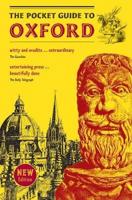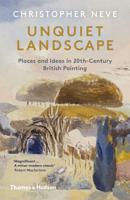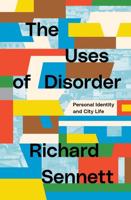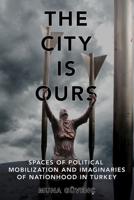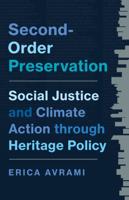Publisher's Synopsis
When we look up towards the sky we see the galaxy through its visible parts. At night it's the stars that guide and direct our senses but there's more than meets the eye because what we don't see is dark matter. Now imagine the view back down towards earth. Again, we see stars, but of a different kind in the lights of our cities. And there's dark matter in amongst these lights too which we don't see. Urban dark matter. We'd do well to get to know this dark matter because it's not only the 'lights' from the visible cities that are important but also the interactions we have with our surroundings that describe an invisible city. These interactions are the building blocks of visual sustainability. We're pulled towards what we're attracted to and pushed away from what we're repulsed by. It's not hard then to imagine an invisible city being built right now where the materials being used are what we hold dear and what we're repulsed by. And for Christians it's not what we look at but what we see that's important. Invisible City is a book for the curious and especially those curious Christians out there because time is more than a clock. It covers several themes, the first of which is, in thinking about the philosophy behind a concept such as visual sustainability, how being visually sustained in and of this world can have an impact on Christian faith. It also acts as a conceptual template so if you're interested in doing a doctorate or even just curious about your potential, then this book is for you. The third theme is visual sustainability itself: how we're visually sustained, what that means in practical terms, and the potential this understanding has for improving our lives-whether from an urban perspective, in terms of spatial health, or in better understanding our role in engaging with our surroundings. You don't need to be a Christian to want to know more about being visually sustained so for readers who prefer to remain outside God's invitation to be born again this book will be interesting for its novel approach. The temporal aspect of our lives is another theme that many readers will find engaging because we can only be enriched by taking a big spoonful of Bergson's concept of qualitative multiplicity. We're all sustained by time, not space, so be encouraged to take a moment and consider what time really is and how we're visually sustained, but not by the clock.

